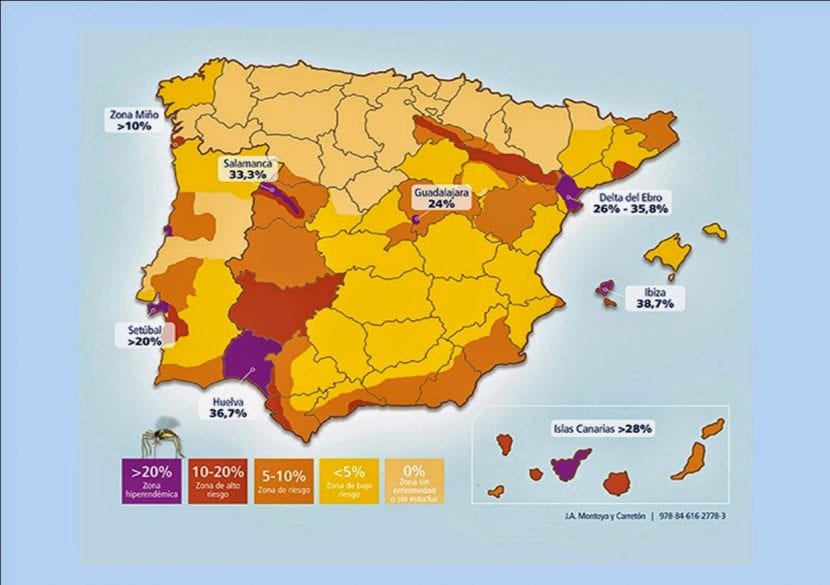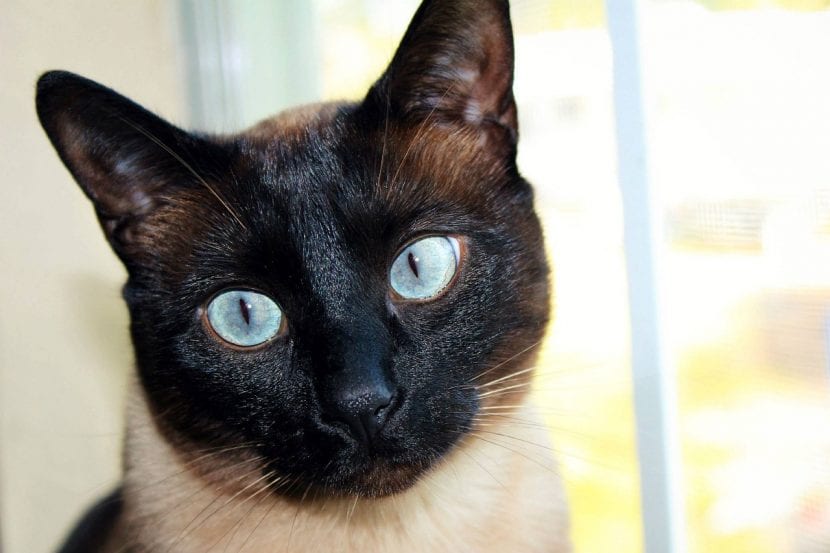
One of the most terrible diseases that our beloved feline could have is filariasis, better known as the heartworm disease that is caused by filaria. Although it is more common in dogs, it is not to be trusted: it can also be found in other animals, such as the feline or even in humans.
It is a very serious health problem that can end with the death of the animal if it is not detected in time.
What is filariasis?
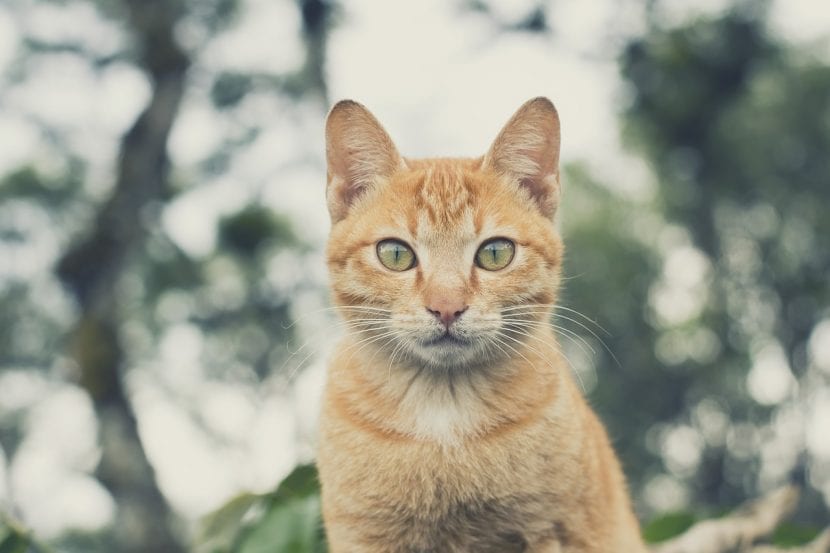
Filariasis is a disease caused by the infestation of an adult heartworm. The filaria is a round and elongated parasite, measuring between 12 and 15cm if it is male, and between 25 and 40cm if it is female. It lives in the heart and pulmonary arteries of its hosts, where they reproduce rapidly causing much discomfort and problems to the animal.
How do cats get infected?
The filaria can enter the organism of our furry animals too easily. Use mosquitoes as intermediate hosts, which only have to bite a sick animal and then another, thus transmitting the disease.
Once the parasite has managed to enter the cat's body, it travels towards the heart through the bloodstream. There, they will feed and release thousands of microfilariae into the blood, measuring between 307 and 322 microns in length. These microfilariae are what mosquitoes ingest. In the insect they will grow to the proper size. Eventually, they will infect another animal.
How do you know if you have filariasis?
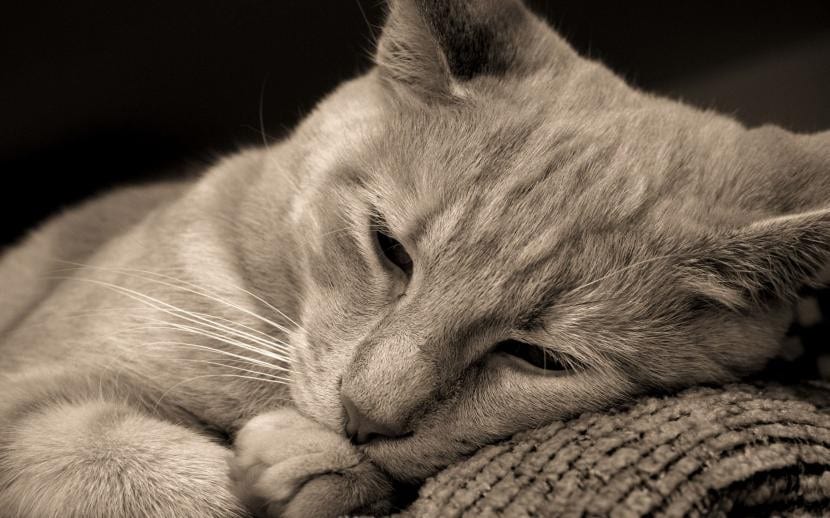
Being a parasite that lives in the most important organs of the body, such as the heart or lungs, our beloved cat may present these symptoms:
- Trouble breathing
- Tachycardia
- Chronic cough
- Vomiting
- Loss of weight and appetite
- Heart and lung sounds
- Exercise intolerance
If it presents one or more symptoms, it is necessary to go to the vet as soon as possible to examine it and start treating it. An early diagnosis is key so that the animal can return to a normal life.
How is it diagnosed?
In the veterinary clinic or hospital, the professional can do any of these things:
- Blood test.
- Antigen test (antigens are substances that when introduced into the body induce an immune response, which causes the formation of antibodies).
- Chest x-ray
- Echocardiography
- Electrocardiograph
Which is the treatment?
Treatment consists of, first, remove microfilariae with an oral antiparasitic medication; and finally 2 intravenous injections (every 4 hours) are administered over 12 days, also with antiparasitic.
When the animal is recovered, it begins to treat to prevent a possible infection.
Prevention of filariasis

Filariasis is a serious disease that it can be prevented in a very simple way. Today we have very effective antiparasitics such as Stronghold, Cardotek Plus and Program Plus, for sale in veterinary clinics and animal product stores. They are somewhat more expensive than conventional ones, but it must be borne in mind that these, in addition to protecting against common parasites (fleas, ticks, mites), also prevent infestation of internal parasites.
Of the three, I use Stronghold pipettes, not because they are better (not having tried the others, I cannot comment on them), but because they are the ones I find the fastest. 🙂 A box with three pipettes is worth 28 euros, and they are effective for one month. They are placed right in the middle of the neck, at the back (the junction between the head and the back), and then the cat is given a few kisses for having behaved so well.
Since I put them on mine, I have not had to worry about fleas, ticks or internal parasites like filaria. They are calm as they do not feel itchy, and so am I.
Risk of contagion of filariasis in Spain
To finish, I am attaching this map where you can see what the risk of filariasis contagion is in Spain. As you can see, in Huelva there is 36,7%, in the Ebro Delta between 26 and 35,8%, in Ibiza 38,7%, in Salamanca 33,3%, and in the Canary Islands more than 28%. This does not mean that in the rest of the communities there is no need to worry about this disease, but simply that the risk of contagion is lower. Still, it is always better to be safe, since heartworm disease is not a problem that can be taken lightly since, if you do nothing, it could cause the death of the animal.
In case you suspect that your cat is unwell, consult your vet as soon as possible.
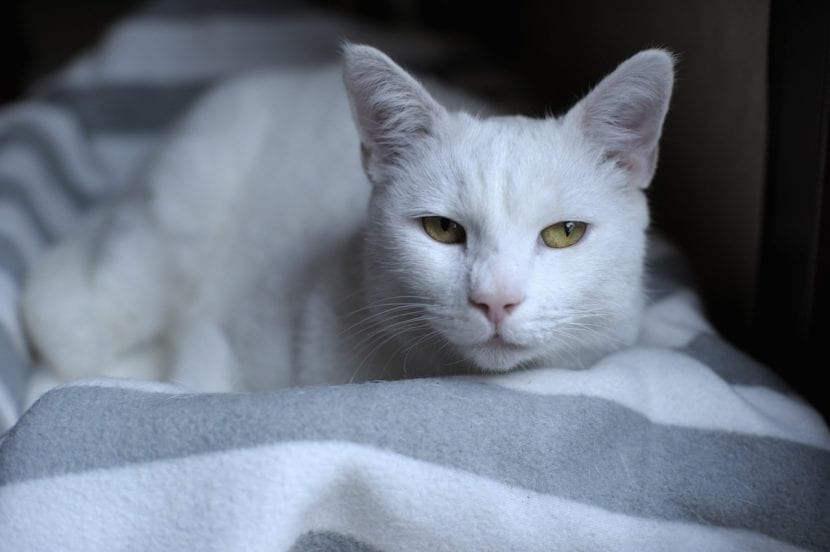
Heartworm disease is a very serious problem. It is up to us whether our beloved cat can recover and continue with his life with his family, or that he loses the battle. Let's choose the first option. 😉
